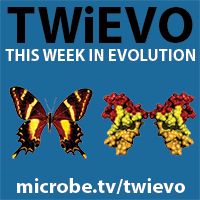Pangolins and the origin of SARS-CoV-2 coronavirus
A coronavirus related to SARS-CoV-2 has been isolated from Malayan pangolins illegally imported into Guangdong province. It is not the precursor of SARS-CoV-2, but comparison of viral genome sequences provides further evidence that the virus currently infecting humans was not produced in a laboratory. There are two important sequences in the viral spike glycoprotein (pictured) …
Pangolins and the origin of SARS-CoV-2 coronavirus Read More »

